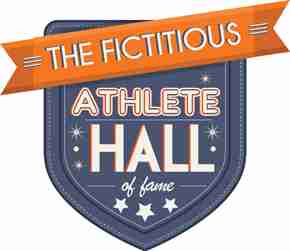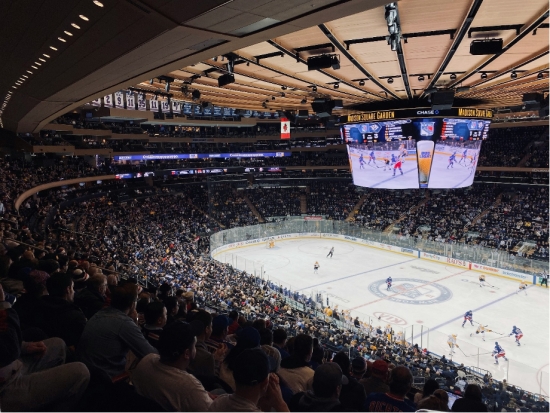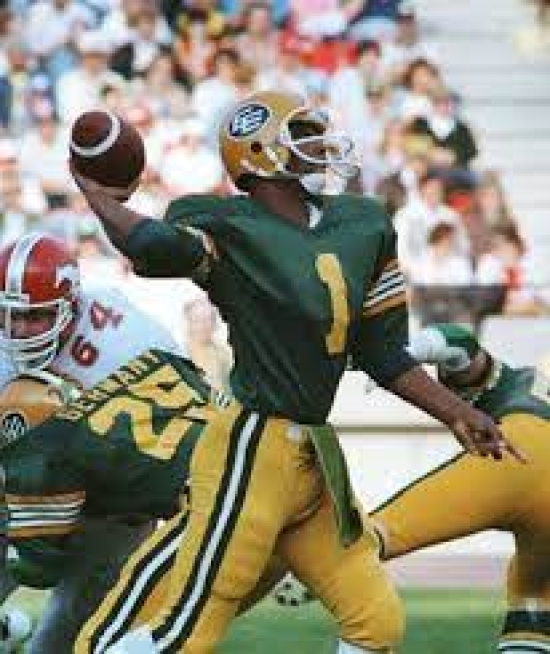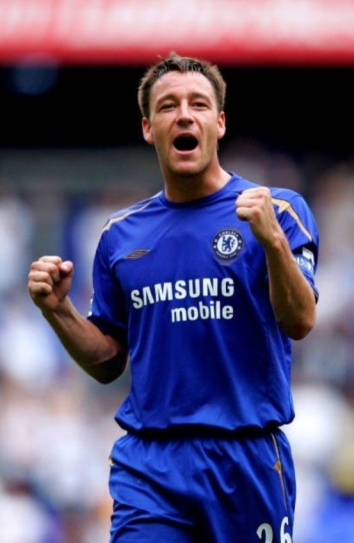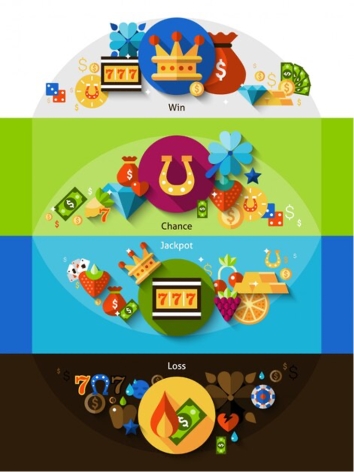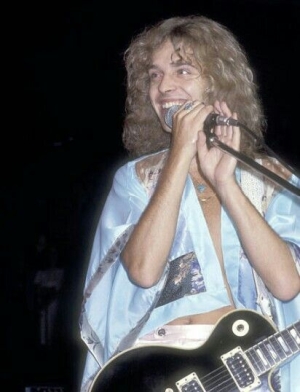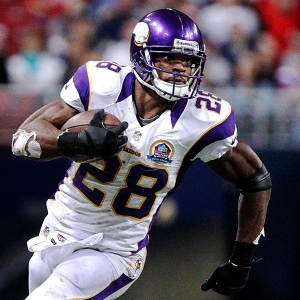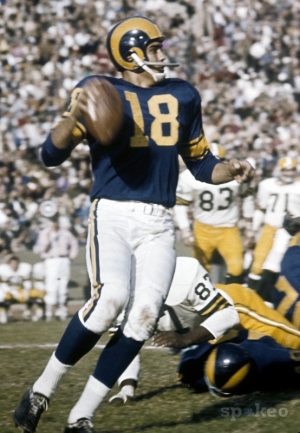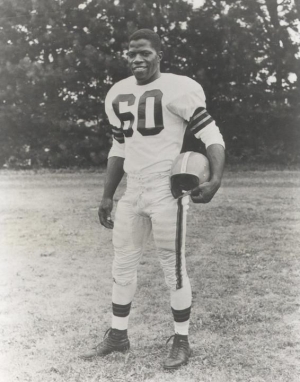- Published in From the Desk of the Chairman
- Written by Committee Chairman
- Be the first to comment!
Unforgettable Moments: The Top 6 Greatest Games in NHL History
The National Hockey League (NHL) boasts a rich tapestry of historic games that have left an indelible mark on the sport. From intense playoff battles to iconic matchups, here are six of the greatest games in NHL history, each etched in the annals of hockey lore, in some cases beating NHL playoff odds.
1972 Summit Series, Game 8 - Canada vs. Soviet Union:
The culmination of the historic Summit Series between Team Canada and the Soviet Union captivated hockey fans worldwide. In Game 8, played in Moscow, the series was tied 3-3-1, setting the stage for a winner-takes-all showdown. With tensions running high and the fate of hockey supremacy on the line, Team Canada rallied to secure a dramatic 6-5 victory, clinching the series and cementing its place in hockey history.
1980 Miracle on Ice - United States vs. Soviet Union:
The "Miracle on Ice" remains one of the most iconic moments in sports history. At the 1980 Winter Olympics in Lake Placid, New York, the underdog United States team faced off against the powerhouse Soviet Union squad in the medal round. In a stunning upset, Team USA, comprised of amateur and college players, defeated the heavily favored Soviets 4-3, capturing the hearts of a nation and inspiring future generations of hockey players.
1994 Stanley Cup Finals, Game 7 - New York Rangers vs. Vancouver Canucks:
The 1994 Stanley Cup Finals featured a thrilling Game 7 showdown between the New York Rangers and the Vancouver Canucks. With the series tied 3-3, both teams battled fiercely for hockey's ultimate prize. In a nail-biting contest, the Rangers emerged victorious with a 3-2 win, securing their first Stanley Cup championship in 54 years and igniting celebrations throughout New York City.
1979 Challenge Cup - NHL All-Stars vs. Soviet Union:
The 1979 Challenge Cup pitted the best players from the NHL against the formidable Soviet Union national team in a two-game series. In Game 2, held at Madison Square Garden in New York City, the NHL All-Stars showcased their skill and determination in a dominant 6-0 victory over the Soviets. The series served as a testament to the talent of NHL players and marked a significant moment in the ongoing rivalry between North American and Soviet hockey.
2010 Olympic Gold Medal Game - Canada vs. United States:
The gold medal game at the 2010 Winter Olympics in Vancouver featured a highly anticipated matchup between arch-rivals Canada and the United States. In front of a passionate home crowd, the Canadian team prevailed in overtime, with Sidney Crosby scoring the game-winning goal to secure a 3-2 victory. The dramatic conclusion to the tournament solidified Canada's status as a hockey powerhouse and provided a fitting climax to an unforgettable Olympic Games.
1993 Stanley Cup Finals, Game 5 - Montreal Canadiens vs. Los Angeles Kings:
The 1993 Stanley Cup Finals culminated in a memorable Game 5 showdown between the Montreal Canadiens and the Los Angeles Kings. With the series tied 2-2, both teams vied for the championship in a hard-fought battle at the Montreal Forum. In a thrilling overtime finish, Canadiens defenseman Eric Desjardins scored a hat trick, including the game-winning goal, to lead Montreal to a 3-2 victory and clinch the Stanley Cup.
These six games stand as shining examples of the drama, passion, and excitement that define the NHL. From historic international clashes to unforgettable playoff moments, each game has left an enduring legacy that continues to inspire hockey fans around the world.
